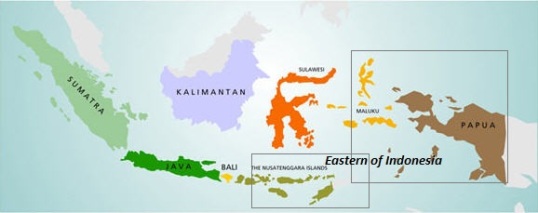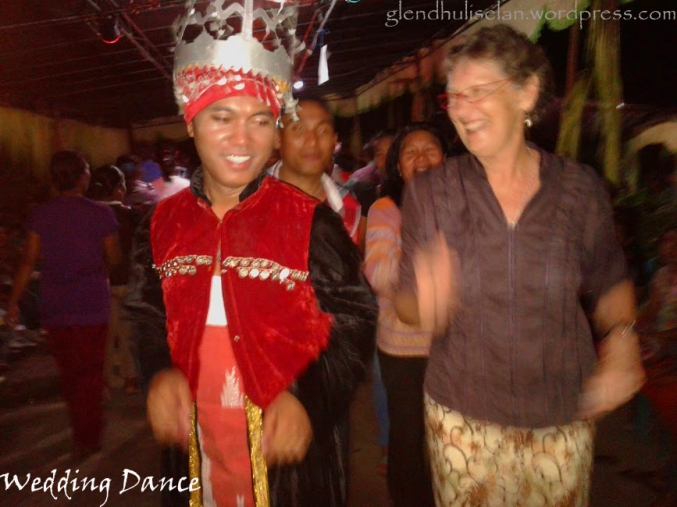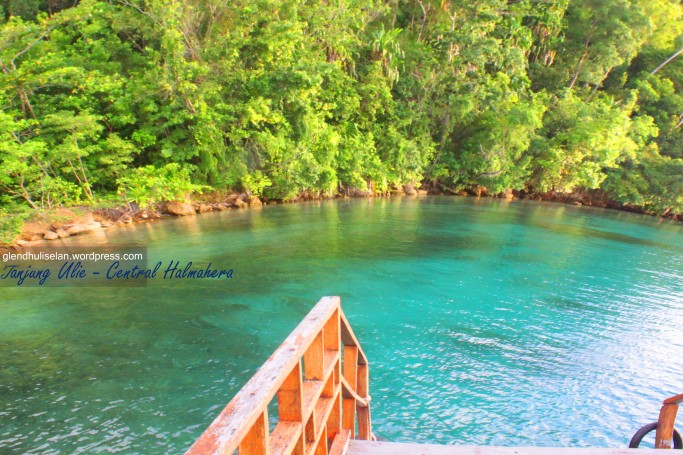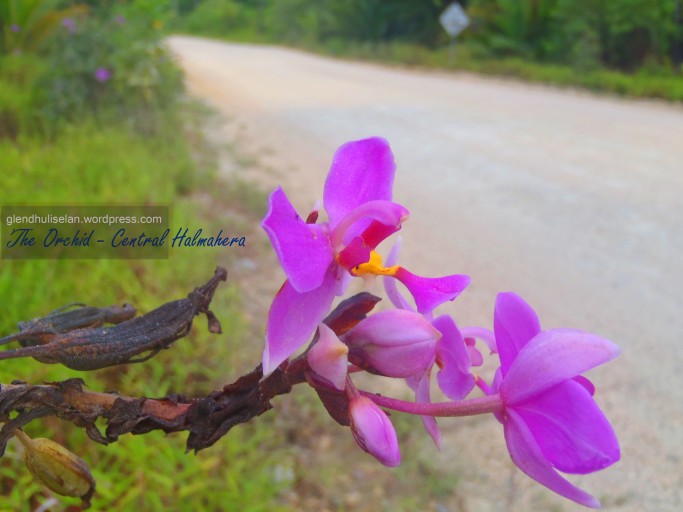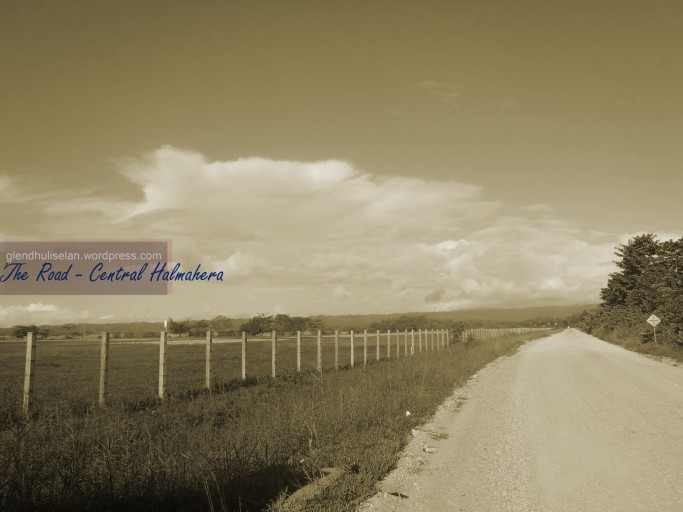Do you believe that a piece of bamboo can be crazy and make 7 young men become overwhelmed? In Maluku there is a unique tradition called “bambu gila” or in local the language it is said “bulu gila”, in a direct English translation mean “crazy bamboo” or you might say a “mad bamboo”. This tradition is preserved by people in Maluku. The name of Maluku is given by the Arabic traders known as “jazirah al-mulk” or land of the kingdoms. I will explain deeper history about Maluku in another post. Nowadays, Maluku has divided into two provinces: North Maluku with the capital of Sofifi and Maluku with Ambon. Geographically this area located in the east of Sulawesi, west of Papua island and north part of Timor.
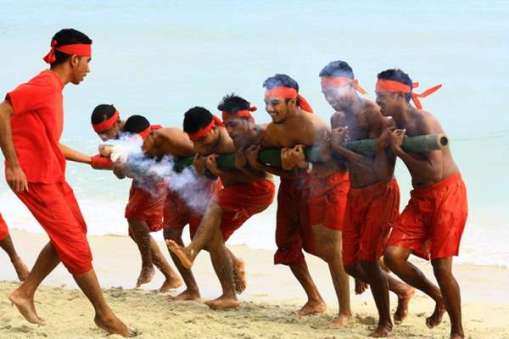
The mystical dance or crazy bamboo has been performed many years before religions have been introduced by the colonials and the Muslim merchants. This dance is very distinctive in Indonesia, even in Maluku area, you may not see easily unless there is a special event, such as Legu Gam festival in Ternate. The dance is often performed in Liang village, district of Salahatu and Mamala village, district of Leihitu, both in Maluku province. Other places are in Ternate and Jailolo within North Maluku province. I was born and live for years in North Maluku but cannot see they perform in many places.
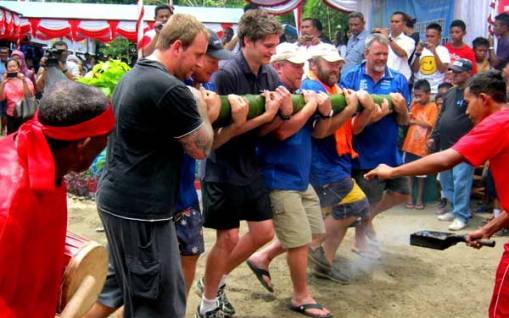
The dancers of crazy bamboo or bulu gila consist of 7 young men hold a bamboo and a leader. The bamboo use for this dance has been selected and cut in a certain manner. The leader task is to read a mantra and lead the bamboo, beforehand he burn incense, chewing ginger then blow it to the bamboo and screams “gila” or “crazy”. Suddenly, the bamboo move with its own, the power of spirits mentioned by the leader in his mantra has moved to the bamboo. After the bamboo is going crazy, the seven men’s power become insufficient, even some are faint using their strength to control the bamboo. Finally, the bamboo is tamed by the leader using burning incense and traditional mantra.
Usually traditional instrument is played along with the performance. Based on some stories, in the past, this mystical power is used to do a heavy work such as build up ships. I know it seems odd right? Believed in a mystical power, however, not everything in this world can be explained scientifically, or perhaps let it be a story tale for people in Maluku to preserve our tradition.
